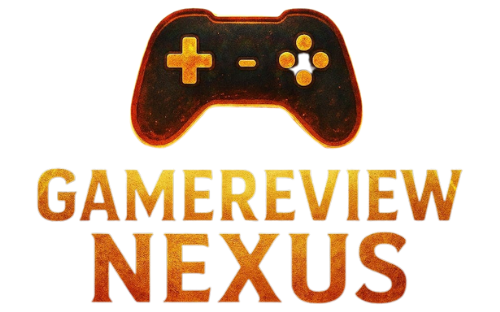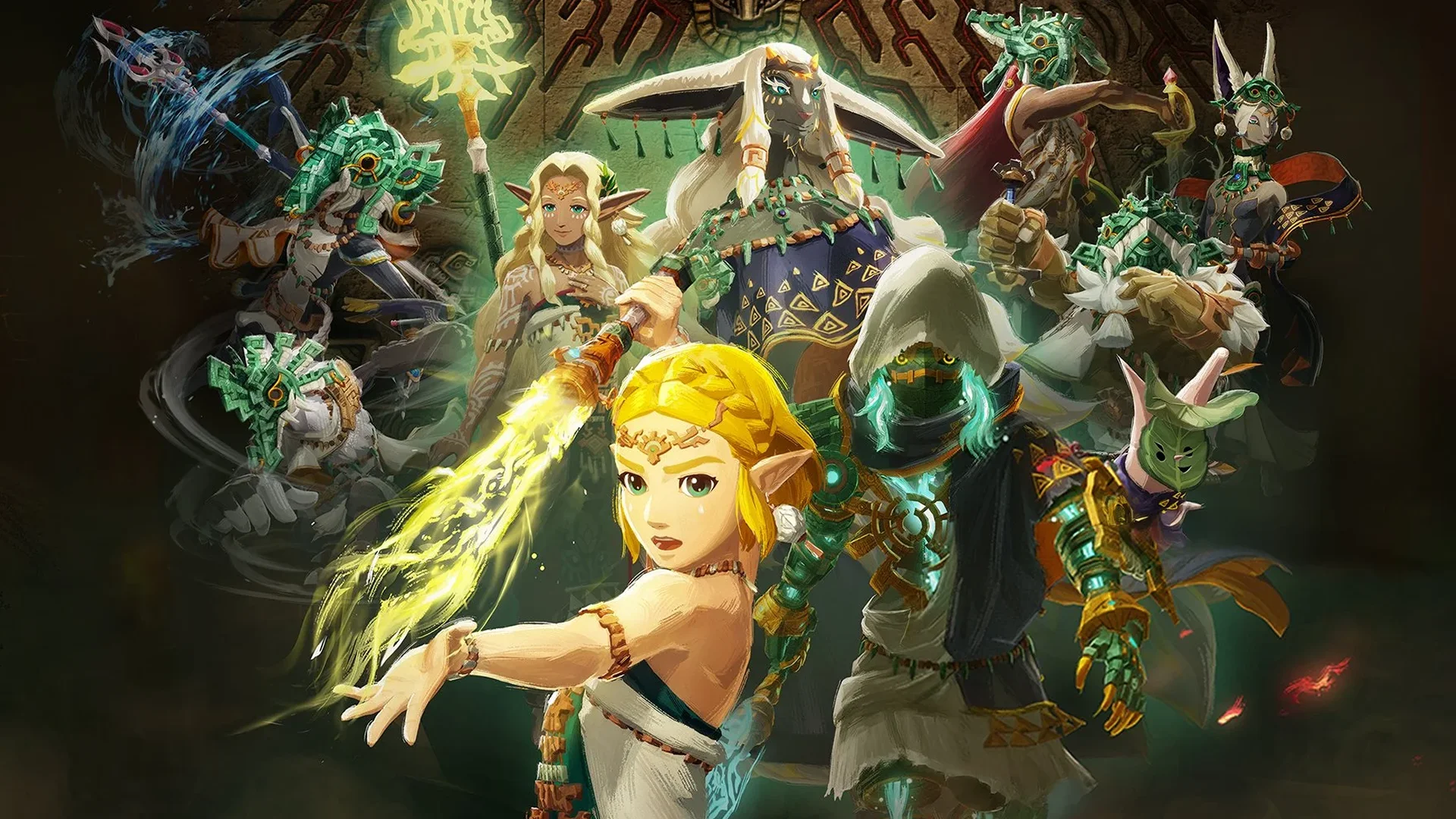
For years, Zelda fans have speculated about the Imprisoning War — the ancient conflict whispered about across countless timelines, myths, and murals. Hyrule Warriors: Age of Imprisonment finally brings that legend to life, and it does so with the spectacle, emotion, and sheer chaos worthy of its name.
Developed by Omega Force and Nintendo, this spin-off follows in the footsteps of Age of Calamity, but it isn’t just another historical retelling — it’s a full-blown epic set thousands of years before Tears of the Kingdom, when gods and mortals fought side by side to shape the fate of Hyrule.
This isn’t just another Warriors game. It’s a refined, emotionally charged reimagining of Zelda’s ancient past — and while it doesn’t completely escape the genre’s repetitive loops, it delivers a breathtaking journey that constantly reminds you: this war mattered.

An Era Lost to Time
The story begins during the founding of Hyrule itself. Rauru and Sonia, the first king and queen, have united the Zonai and Hylians under a fragile peace, but that peace is shattered when a man named Ganondorf rises from the shadows — not yet a demon, but already a conqueror.
Unlike Age of Calamity’s alternate-timeline experiment, Age of Imprisonment is firmly canonical, directly filling in the blanks left by Tears of the Kingdom. The writing is careful, deliberate, and drenched in ancient mystique. We see Zelda herself torn between her divine destiny and her humanity; Rauru wrestling with the burden of leadership; Sonia, the queen of time, fighting to preserve the world she helped build.
The narrative structure feels more cinematic than ever. Each chapter opens with a short narration set against animated murals, transitioning seamlessly into massive battles that flow naturally from the story. There’s a rhythm to it — the rise and fall of an epic — that gives this Warriors game more narrative momentum than any before it.
It’s not flawless. The middle act stretches a bit thin, and a few late-game twists are predictable if you’ve paid attention to Tears of the Kingdom’s lore. But when the credits roll, it feels monumental — like you’ve actually witnessed a cornerstone of Hyrule’s history, not just another what-if.
Performance And Presence
Beyond visuals, Age of Imprisonment feels remarkably polished. Gone are the frame drops and sluggish loading of Age of Calamity. The camera is smoother, hit detection is sharper, and UI navigation feels quick and responsive.
Omega Force clearly studied their own past mistakes. The result is a game that finally matches its ambition with performance. Even during multi-character battles with giant bosses and particle-heavy effects, the action remains buttery smooth.
There are still a few quirks — occasional pop-in during large-scale clashes, and some minor AI hiccups when allied units forget how to pathfind — but they’re small distractions in an otherwise stellar presentation.
The hub world, the Temple of Time, serves as your base of operations between missions. Here, you can upgrade weapons, manage skill trees, and talk with allies to unlock bonus lore scenes. It’s a smart pacing choice, giving you a breather between the bombast.

A World Reborn
Visually, this is the most beautiful Warriors game ever made. Running on the Nintendo Switch 2, Age of Imprisonment finally achieves what its predecessors aimed for: large-scale warfare with cinematic fidelity.
Battles run at a near-solid 60 frames per second, even as hundreds of enemies flood the screen. The lighting engine brings Hyrule’s ancient landscapes to life — sunlight scattering across marble ruins, sparks crackling from Zonai machines, and shadows stretching across the scarred fields of battle.
The Sky Islands glimmer like divine platforms above the chaos, while the Depths hum with an eerie red luminescence that makes every fight there feel dangerous and sacred at once. The art direction deserves real praise: this isn’t just a reskin of modern Hyrule — it’s a fully realized world that feels older, grander, and more mysterious.
The soundtrack completes the illusion. Sweeping orchestral arrangements collide with tribal drums and choral chants, creating an audio landscape that feels halfway between myth and prophecy. It’s easily one of the best soundtracks Nintendo’s ever allowed in a spin-off — grand, emotional, and deeply cinematic.
The Spirit of the Game
What makes Age of Imprisonment stand out isn’t just its technical polish — it’s the heart beating beneath all the spectacle. The game constantly reminds you of what’s at stake: a kingdom being born, a friendship being tested, a prophecy being written.
There’s weight behind every battle. When Zelda and Rauru stand against Ganondorf’s final form — a dark god fueled by hatred and ambition — it doesn’t feel like a boss fight. It feels like history. The music swells, the sky burns, and every strike feels like it’s being carved into legend.
In those moments, Age of Imprisonment transcends its genre. It’s no longer just a hack-and-slash. It’s a playable myth.

Verdict
Hyrule Warriors: Age of Imprisonment is a masterclass in scale and storytelling. It’s a love letter to Zelda fans, a redemption for the Warriors series, and one of the best showcases yet for the Switch 2’s capabilities.
It doesn’t escape the Musō grind — few games ever do — but it refines it so thoroughly that the repetition almost becomes ritual. It’s a symphony of light and steel, told through the lens of a war that shaped eternity.
For fans of Zelda lore, it’s essential. For action fans, it’s exhilarating. And for everyone else, it’s proof that even the oldest legends can feel brand new again.
Hyrule Warriors: Age of Imprisonment: A breathtaking retelling of Hyrule’s oldest war — refined, emotional, and explosively fun. It’s the pinnacle of the Warriors formula and a triumph of Zelda storytelling – Rana

